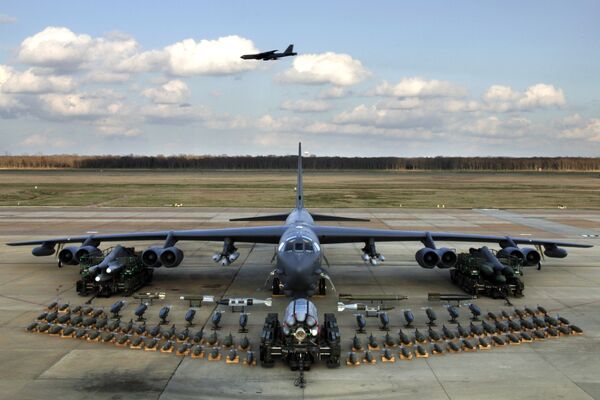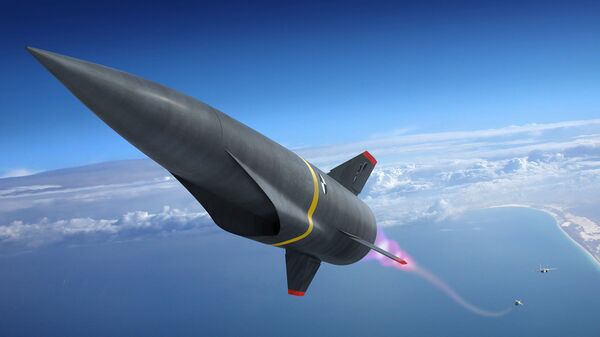The US Air Force is interested in getting information from businesses to start up a new prototyping programme pertaining to hypersonic cruise missile technology in the near future, Defence News cited Air Force acquisition executive Will Roper as saying during a press briefing on 30 April.
“In the case of how fast we could go with the scramjet [supersonic] technology getting into cruise missile and missionizing it, I think we can go fast. I don’t know how fast — that’s why we’re reaching out to the street. But given how far scramjet technology has matured, I’d expect that we’ll be able to go pretty quickly on this”, Roper pointed out.
He referred to the ongoing international competition in the field that Roper said is prompting the US military to make sure “we don’t cede ground on scramjet technology and hypersonic cruise missiles as a whole”.
“We will have greater flexibility with this as a whole. That’s one reason we’re interested in accelerating the technology. It’s mature, it’s ready. It will give our operators greater flexibility”, the executive stressed, adding, “one of the reasons I’m excited about starting a hypersonic cruise missile programme is that we will have different suppliers; it’s a very different technology”.
According to him, efforts to develop the hypersonic cruise missile programme may involve input from the Air Force Research Laboratory and the Defence Advanced Research Projects Agency. Additionally adding to the push could be information about the Hypersonic Air-breathing Weapon Concept (HAWC) developed by the US Defence Advanced Research Projects Agency (DARPA).
“Scramjet technology has come a long way. I have been exceptionally impressed by what new manufacturing techniques are enabling. I entered this job thinking scramjet will probably be a step behind boost glide. I am delighted to say that I was wrong. Scramjet is much more mature and ready to go than I originally thought”, Roper noted.
He referred to the Air-Launched Rapid Response Weapon (ARRW), a hypersonic missile in development by Lockheed Martin, which is “more affordable” when compared to the Hypersonic Conventional Strike Weapon (HCSW), and “could be carried in larger quantities” by B-52 and F-15 warplanes. The US Air Force cancelled the implementation of the HCSW programme earlier this year.

Roper’s remarks came after Michael White, the Assistant Director for Hypersonics in the Office of the US Under Secretary of Defence for Research and Engineering, said in March that the Pentagon is trying to catch up with Russia and China when it comes to hypersonic arms development.
He added that over the past few decades, the US has been a world leader in hypersonic technology, “but we have consistently made the decision to not transition that to weapon applications and build weapons systems out of hypersonic technologies”.
"The Russians and the Chinese quite frankly have both done that. And they have done [that] quite a number of years ago". "It’s that transition to the application that got their efforts jumpstarted and that’s what we are accelerating now”, White said.
The US administration earlier requested at least $3.2 billion in funding for hypersonic weapons development programmes in the next fiscal year, an increase of almost $500 million from 2020. The budget specifically supports increased flight testing to accelerate the delivery of fully operational hypersonic weapons systems.


